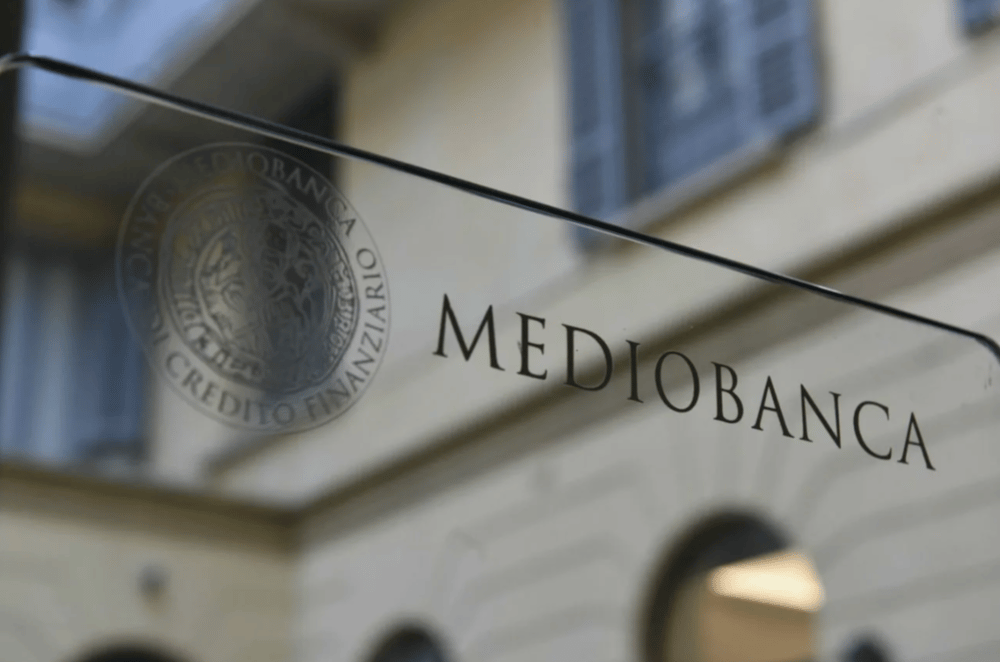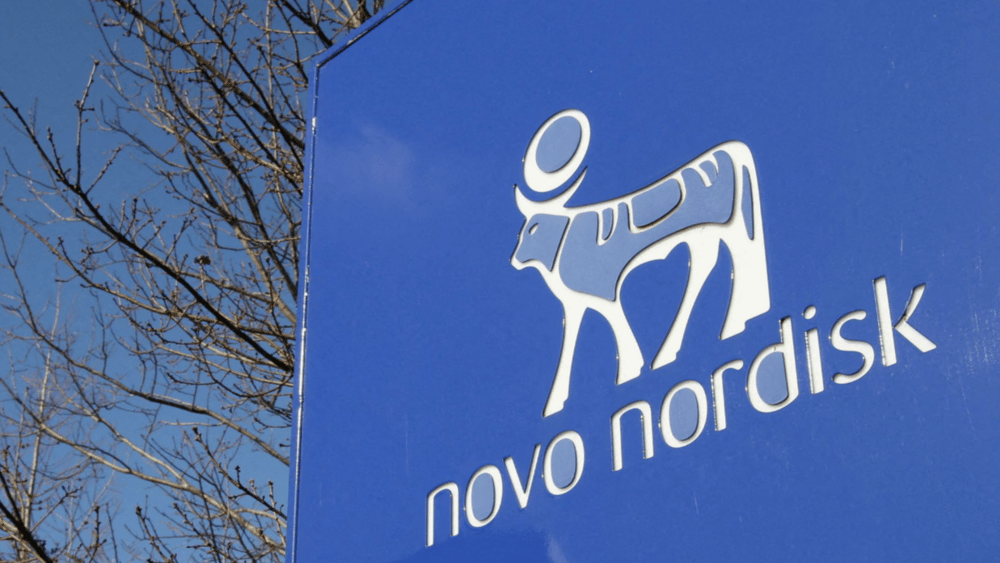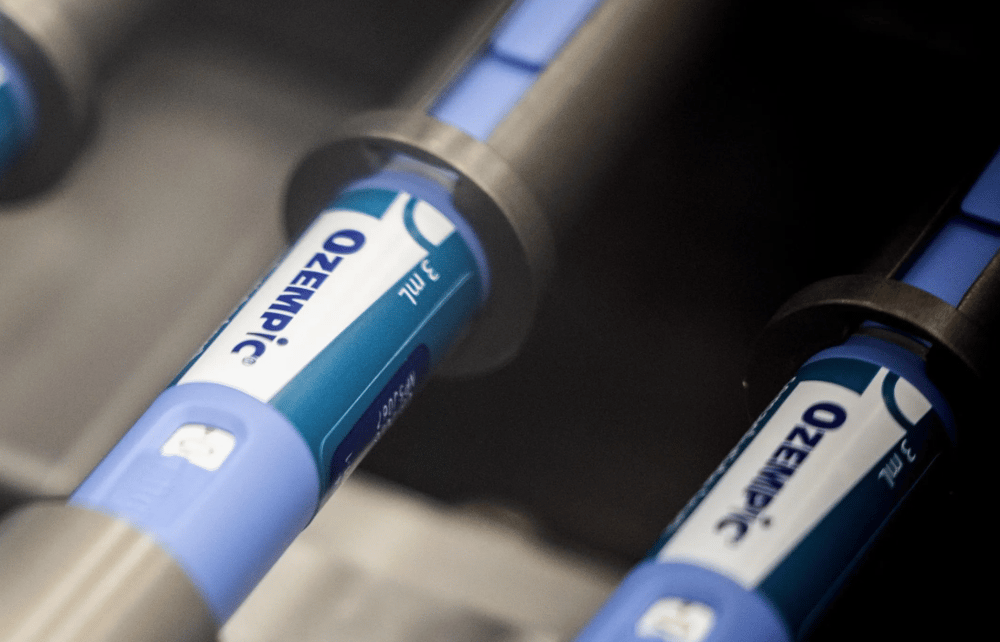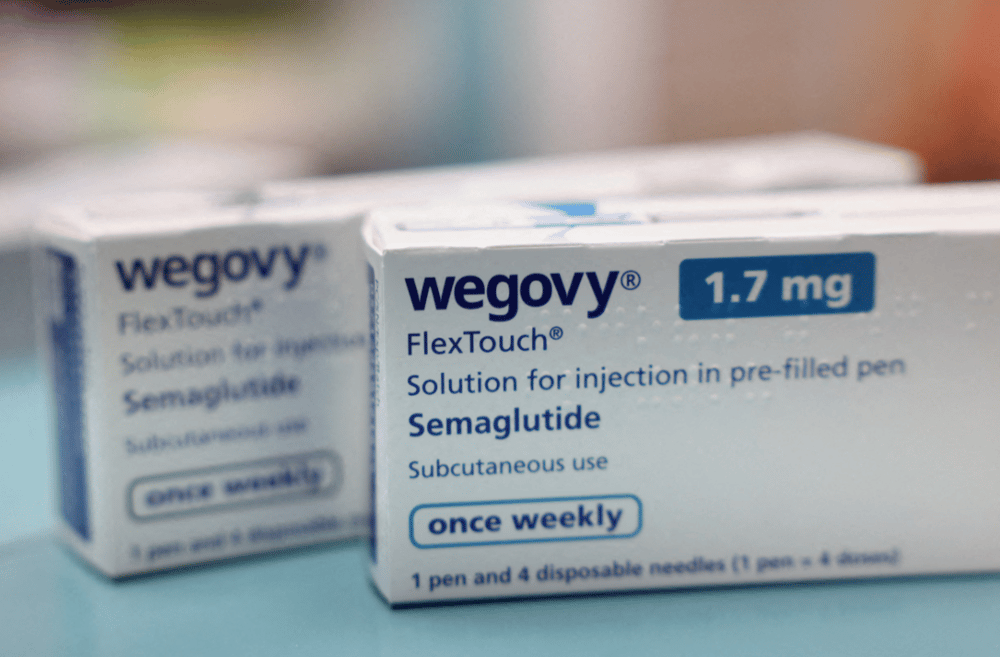After years of dominating the obesity drug market, Danish pharmaceutical giant Novo Nordisk $NOVO-B.CO has revised its 2025 sales forecast downward, citing a surprising stagnation in U.S. demand for its flagship weight-loss medication, Wegovy. The updated guidance marks the end of a robust four-year growth trajectory that began with the drug’s market debut.
In the first quarter of 2025, Wegovy generated 17.36 billion Danish kroner (approximately $2.64 billion), falling short of analysts’ expectations of 18.7 billion kroner. The 13% quarter-over-quarter decline has raised concerns about Novo Nordisk’s ability to sustain its market dominance, particularly as Eli Lilly $LLY continues to gain ground with its competing product portfolio in the high-growth obesity treatment sector.
Competitive Headwinds and Prescription Plateaus
The sales miss highlights a pivotal moment for Novo Nordisk, as the U.S. prescription rate for Wegovy—once a key growth engine—has leveled off. While supply constraints were a persistent issue in 2023–2024, the more recent slowdown appears to stem from a saturation effect in early-adopting patient groups and intensified competition from Eli Lilly’s Zepbound and Mounjaro.
Although obesity remains a largely undertreated condition globally, the initial surge of demand for anti-obesity GLP-1 drugs has begun to normalize, signaling a need for revised expectations and diversified growth strategies.
Primary Factors Contributing to Wegovy’s Performance Decline
Plateau in U.S. Prescription Growth: First-time users and early adopters have largely been reached, with fewer new patients initiating treatment in Q1.
Heightened Competitive Pressure: Eli Lilly’s expanding market share is challenging Novo Nordisk's lead in the obesity drug category.
Market Saturation in Key Channels: Retail pharmacies and healthcare providers may be approaching short-term capacity in patient onboarding.
Supply Normalization Impact: Ironically, as Novo resolved prior supply bottlenecks, the unsatisfied demand that had been boosting sales growth may have already been fulfilled.
Strategic Implications for Novo Nordisk’s Market Position
While Wegovy remains a market leader in GLP-1-based weight-loss therapy, the sales miss and guidance cut reflect deeper structural and competitive shifts. With Eli Lilly’s aggressive expansion and broader treatment pipeline, Novo faces renewed pressure to innovate and expand indications for existing products or develop novel therapies.
Despite a robust pipeline, investor sentiment has weakened, with analysts reevaluating growth assumptions that had been predicated on continued exponential uptake of Wegovy. The company must now recalibrate its strategy to address these headwinds, particularly in high-stakes markets like the U.S., which have historically accounted for the bulk of Wegovy’s revenues.
Areas Where Novo Nordisk May Focus Its Strategic Pivot
Lifecycle Management of GLP-1 Assets Developing extended-release or combination therapies to enhance differentiation from competing GLP-1 formulations.
Geographic Expansion Efforts Accelerating market entry in regions such as Asia and Latin America where obesity rates are rising and access remains limited.
R&D Investment in Next-Generation Molecules Increasing focus on dual- and triple-agonist candidates that could offer superior efficacy profiles over current market offerings.
Digital Health Integration Leveraging tech-enabled solutions for patient adherence, behavior tracking, and personalized treatment optimization.
Pricing and Reimbursement Strategies Navigating evolving reimbursement landscapes to protect margins and maintain affordability amid payer scrutiny.
Outlook Uncertain as Market Maturity Sets In
Novo Nordisk’s recalibrated outlook underscores the rapid maturation of the obesity treatment market. What began as a meteoric rise for Wegovy has now transitioned into a phase requiring operational finesse, product evolution, and a long-term view of competition. While the underlying demand for medical weight-loss solutions remains strong, sustaining market leadership will demand more than first-mover advantage.
As investors digest the implications of slowing sales growth and increased competition, attention will turn to how Novo Nordisk leverages its scientific and commercial capabilities to adapt. The next chapters of the obesity drug race are likely to be shaped not just by efficacy, but by execution.








Such proactive investment approaches are fueling a significant surge in market capitalization.